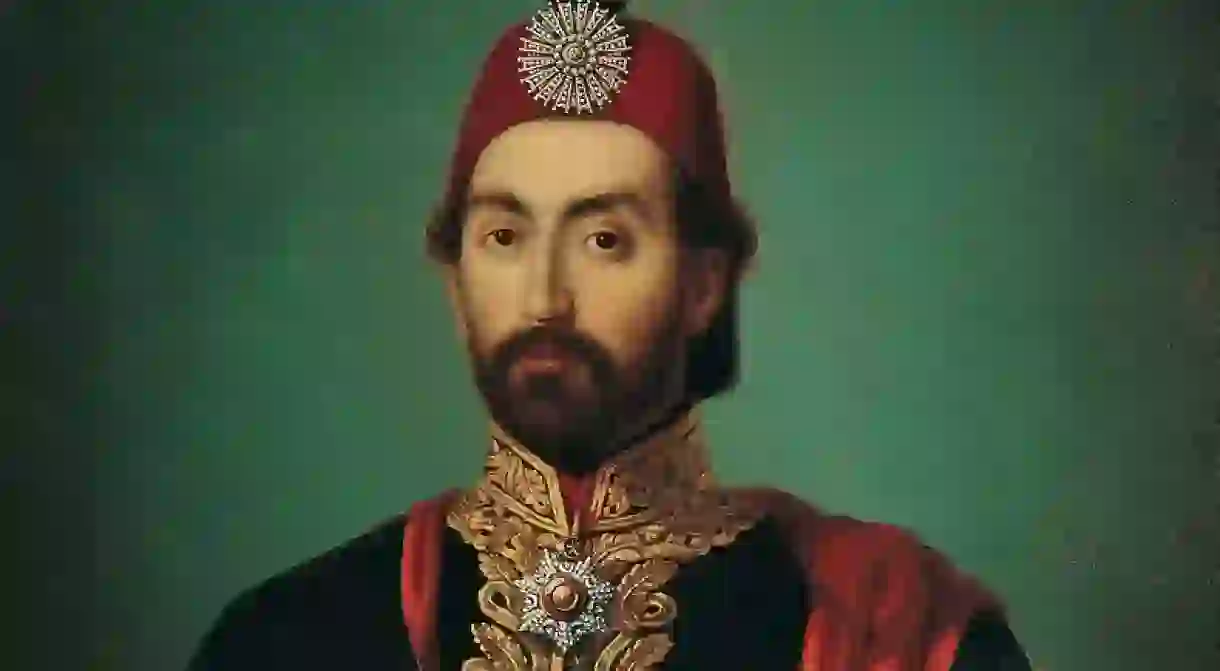Turkish Fashion Throughout History

From the lavish Ottoman kaftans to the modern creations of young designers, Turkish fashion has traveled far and changed greatly over the course of the centuries. We went all the way back to the beginning to understand the development of its aesthetic.
The Couture Era
The story of Turkish clothing goes back to the miniatures and wall paintings found in Central Asia dating back to 100 B.C. They show Central Asian Turks wearing leather boots, mintan shirts (loosely-cut, collarless shirt), a short kaftan with a belt, and a riding trouser that was loose at the top and narrow toward the bottom. During this period woollen and cotton fabric was woven on handlooms, silk came from China, and due to the natural conditions, leather, felt, sheepskin, and fur were often used.
With the emigration from Asia to Anatolia, a convergence of different cultures caused changes in clothing aesthetics. By the time the Seljuk Empire came to power, materials such as wool, felt, camel’s hair, fur, cotton, and silk were used to produce şalvar (trousers), inner robes, and kaftan (outer gown or robe). This particular kaftan continued its life well into the Ottoman period, where administrators and the wealthy wore them with fur linings and embroidery.

The Ostentatious Age
During the 16th century, when the Ottoman Empire was at its peak, the textile industry and the development of weaving reached its pinnacle, much like the economic and political spheres. The Ottoman sultans began to wear robes and kaftans composed of the most expensive fabrics, with gold and silver metallic threads added to silk textiles. To please the sultan’s ostentatious tastes, special workshops designed court apparel and furnishings, sometimes even placing orders to other workshops in Istanbul and Bursa in order to meet the high demand.

The stunning garments were made of fabrics such as brocade, velvet, satin and silk lampas, taffeta, mohair, and cashmere. International influence also played a major role with various cloth ordered from renowned Italian weaving centers in Venice, Genoa, and Florence, as well as the diplomatic gifts from textile rich countries such as Iran, India, and China.
Western Influences
A movement toward westernization in dress during the reign of Sultan Mahmud II in the 17th century caused the westernization of military apparel. Ottoman sultans began to dress like Western commanders in darkly colored suits with embroidered borders, plus a fez.

When the Turkish Republic was established in 1923, reforms to promote a more secular and modern nation-state also included changes in clothing. Laws began to ban traditional clothing while actively promoting western-style attire. By the time the 1960s rolled around, the tailored clothing of the past was replaced by the ready-to-wear clothing industry.













